Drone Won’t Take Off? How to Fix It Guide
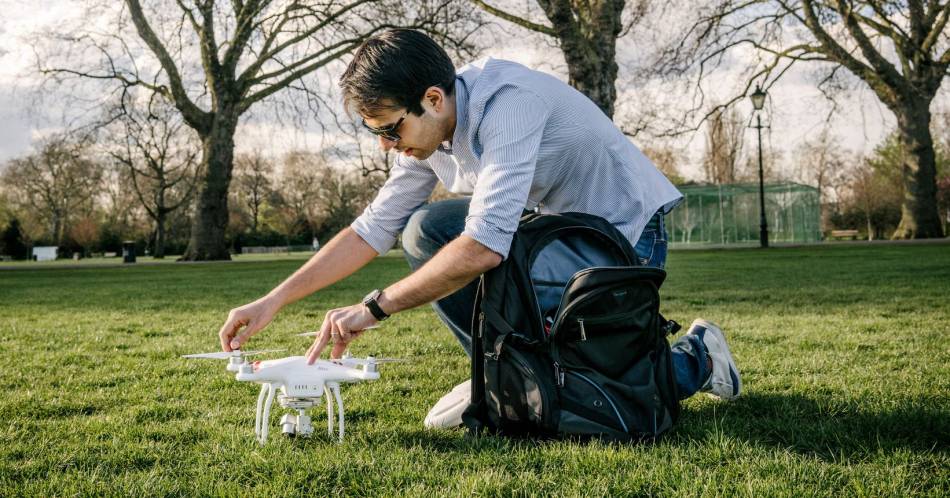
Drones have become increasingly popular for personal and professional use in recent years. However, one common issue many drone operators face is when they won’t take off. This can be a frustrating experience, especially if you’re unsure what’s causing the problem.
In this article, we’ll explore some of the most common reasons why drones won’t take off, as well as some steps you can take to troubleshoot and fix the issue. Whether you’re a first-time drone operator or an experienced pilot, understanding why your drone won’t take off can help you get back in the air in no time. So, let’s start!
7 Main Reasons Why Quadcopter Won’t Take Off
In some situations, the drone may have problems taking off. Drone model apps may help in these situations by allowing the drone to send alerts to pilots through their smartphones, remote controls, and other methods when mistakes or issues occur.
The quadcopter may not even switch on in certain instances, as evidenced by a lack of communication and inactive LED lights. However, this is rare. Because of this, consumers may have a difficult time figuring out what the issue is. We’ll look at possible problems that may prevent the drone from taking off and solutions for fixing them.
1. Drone Needs Time To Warm-up
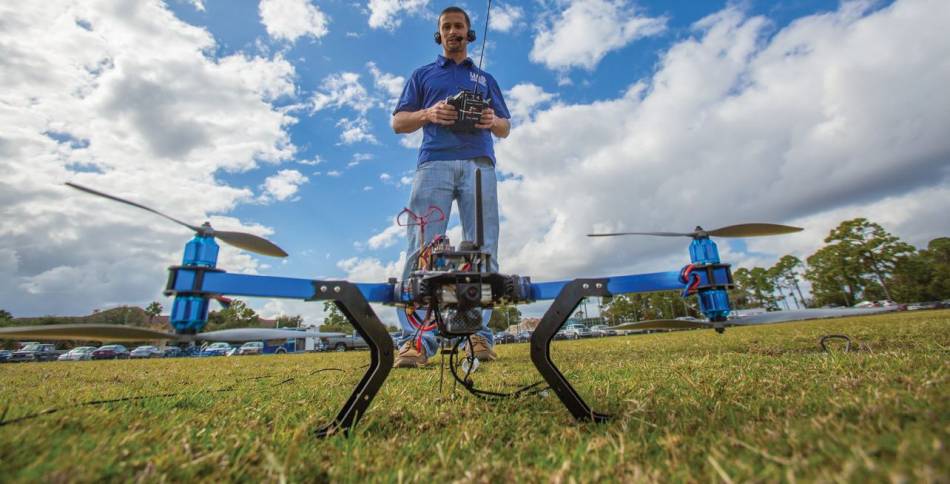
Some drones need time to warm up before they can take off. Newer models are equipped with LED lights, communication messages, and other indicators that let the operator know that the drone is still in the process of warming up and not yet ready for takeoff. However, entry-level drone models often lack this function. When this occurs, users should know that they will have to wait a few minutes before they may start the application.
In most cases, the warm-up procedure takes between 2-5 minutes. However, this depends on the drone model and several other variables. Be sure you have enough time before you fly. When it’s chilly outside, the drone may take a little longer to warm up before it’s ready to fly.
2. Drone Battery Problem
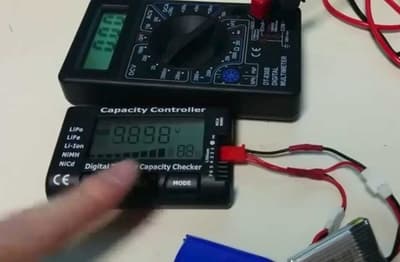
If your drone doesn’t take off, check the batteries first. During takeoff, difficulties with the power supply are common, but other issues with the drone’s internal workings and components may also occur.
Before each usage, the battery on the drone needs to be recharged. If they’re brand new, be sure to charge them fully before using them for the first time since they’re frequently sold with very little or no charge at all. Because an insufficient supply of voltage may lead to various issues, you must also ensure that the batteries you choose are compatible with your drone.
However, even when the battery seems to be completely charged, taking off may be difficult. It’s possible that if this occurs, you have a faulty battery.
A bad battery won’t be able to recharge fully or lose its charge very quickly, which may lead to a range of problems with the needed voltage.
If you want to learn more, read How to Fix a Drone That Won’t Take Off.
3. Compass Calibration Fix
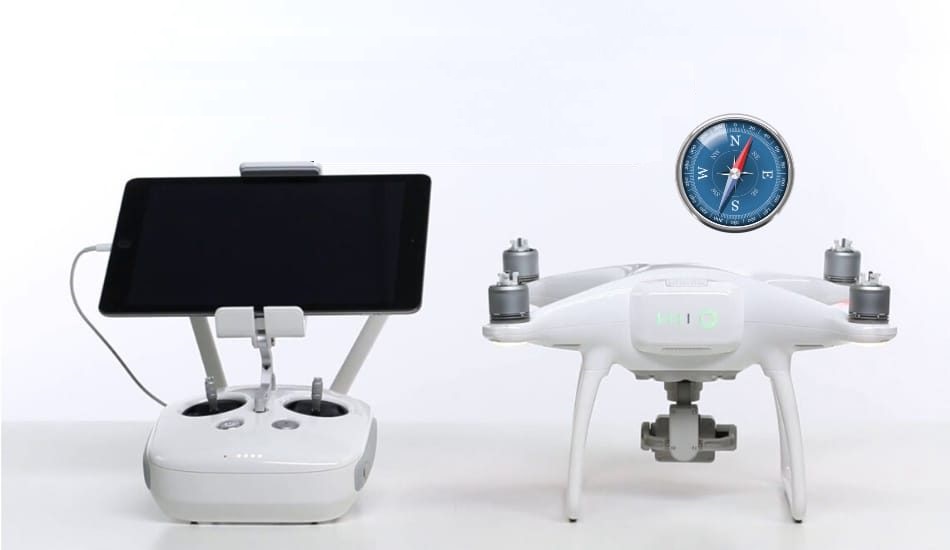
No matter how rare something may be, it may cause a problem in your case. Even if they are fully charged and seem to be working properly, drones may be unable to take off if their compass has been set incorrectly or if there is an overall lack of a compass. To calibrate the compass on a drone, follow the manufacturer’s instructions, which will be different depending on the model.
When flying in unfamiliar terrain, it is important to calibrate your drone’s compass. Before using the compass, ensure any jewelry and timepieces are removed from the person and the nearby area. According to research, certain things may interfere with this process of calibration.
Related Article: Can Drones Auto Rotate?
4. Problem With Software
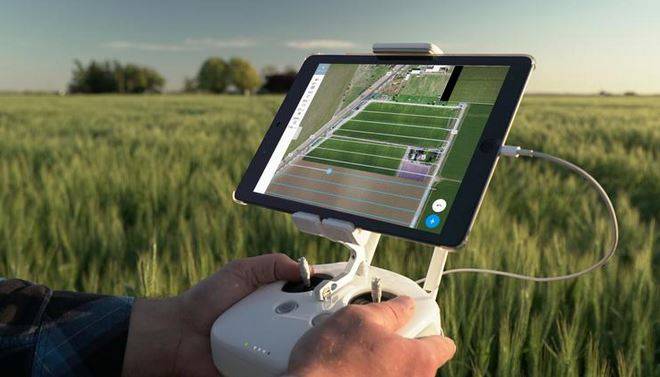
A software issue may also cause a problem with the takeoff of your drone. Because DJI drones require firmware updates, these software problems are common. Typically, they have to do with the settings on the remote control. Users may easily adjust any factors preventing the aircraft from taking off correctly using the app’s wireless remote options.
Related Article: Can Drones Fly in Rain? Tips and Ways
5. Propellers Are Not Mounted Properly

Even if your drone is powered up and spinning at full speed, an incorrect propeller setup may be the reason why it won’t take off. Depending on the circumstances, the drone may seem to rise from the ground on certain sides but not others. Launch and takeoff of drones require a certain airflow pattern. As a result, the drone won’t be able to take off if the propellers aren’t placed correctly.
Propeller swapping may be necessary to maintain the correct pattern, and users should ensure that the propellers are firmly connected to the drive shaft to avoid this.
The motors must also be set up in a particular way for the drone to take off, in addition to the blade positioning. They must all generate the same force to get the drone airborne and keep it stable while it’s in the air. This is critical. As a result, the craft’s motors and propellers must rotate in the proper direction.
Here you can see in this video how to fix when a drone won’t take off:
6. No Fly Zone Areas
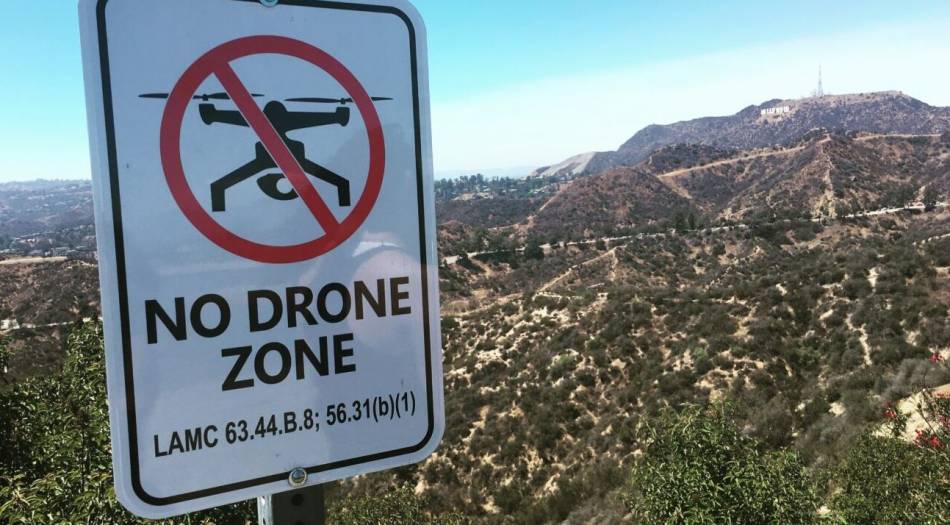
The drone may appear to be operating properly, with no signs of malfunctioning components like the engine. Other than that, your present location may be to blame for various roadblocks that you’re encountering.
Using the control app on a drone requires that it be linked to a user’s account and phone number for the user’s drone to work properly. After registering a drone, pilots must be patient as the system typically takes approximately a day to catch up, allowing them to fly their newly registered drone.
Software changes by drone manufacturers to prevent drones from flying in NFZs (No Flying Zones) or geofenced areas have led to certain software modifications to prohibit manufacturers of more complex quadcopters and drones from doing so. These techniques help to ensure that all drone pilots follow the FAA’s requirements for drone regulations. Huge gatherings, tourist attractions, airports, power plants, and schools are typical locations providing extra public safety issues or risks.
You should know that in certain locations, flying a drone is illegal. If your drone detects you are in one of these banned zones, it may refuse to take off. To ensure that their drones are always flown inside safe flying zones, airmap.com is a practica mapping application that provides customers with real-time information.
Related Article: How To Fix A Drone? Tips And Solutions
7. Defective Components
Even though manufacturers make every effort to ensure that every customer has a totally consistent experience with their product, there is a chance that your drone may not be able to take off due to problems with defective equipment.
Customer support may be the best solution. Getting a refund or a new drone from the manufacturer is possible if the manufacturer determines that the quadcopter is faulty and no warranty terms and conditions have been violated.
Because of this, the procedure will be more difficult if you build your drone from scratch or purchase a DIY kit and have malfunctioning equipment. There would be no way to figure out what’s wrong with the drone if the drone is not disassembled and inspect each part.
If the drone isn’t brand new or if he had a couple of crashes, this is especially true. The problem should be recognized and addressed by consulting a specialist as quickly as possible. It’s good that the vast majority of quadcopter failures result from simple issues that can be fixed at home.
Related article: What Does a Drone Look Like from the Ground?
Final Thoughts
In conclusion, if your drone won’t take off, there could be several reasons why. It could be a problem with the battery, the motors, or the controls. It’s important to thoroughly check and troubleshoot the drone to determine the cause of the problem before attempting to take off again. If all else fails, consulting the manufacturer’s instructions or contacting customer support for assistance may be necessary to resolve the issue. Remember to fly responsibly and follow the laws and regulations for flying drones in your area.

